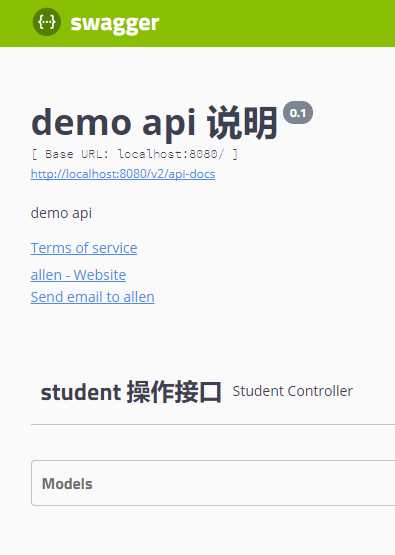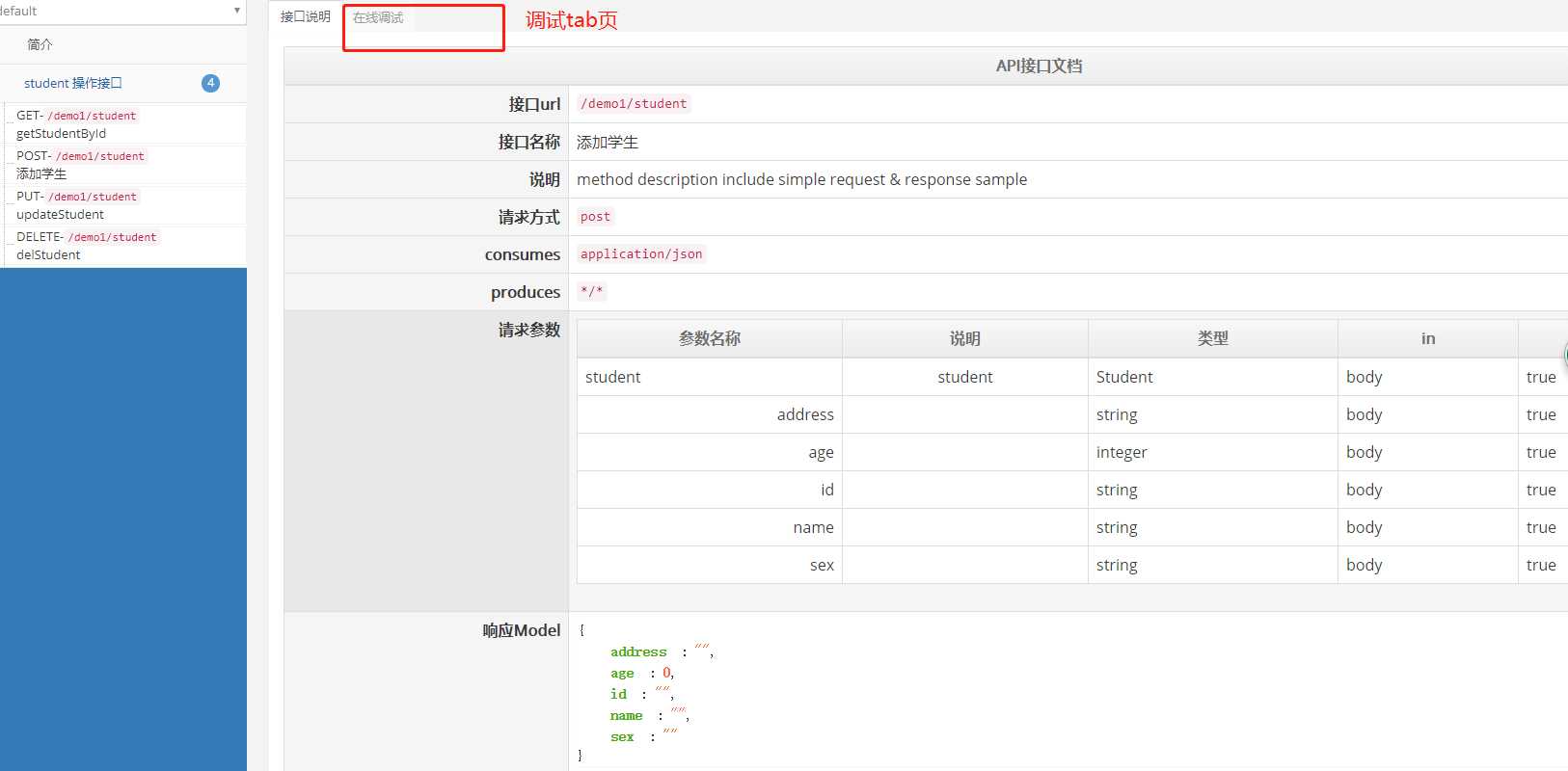说明:本地环境idea + maven3.5 + springboot2.0.0 + springfox-swagger2 2.8.0 + springfox-swagger-ui 2.8.0 + swagger-bootstrap-ui 1.7.2(为了展示的更好看)
1 搭建完Springboot 项目后在pom文件中添加依赖
<springfox-swagger.version>2.8.0</springfox-swagger.version> <swagger-bootstrap-ui.version>1.7.2</swagger-bootstrap-ui.version> <!-- https://mvnrepository.com/artifact/io.springfox/springfox-swagger2 --> <dependency> <groupId>io.springfox</groupId> <artifactId>springfox-swagger2</artifactId> <version>${springfox-swagger.version}</version> </dependency> <!-- https://mvnrepository.com/artifact/io.springfox/springfox-swagger-ui --> <dependency> <groupId>io.springfox</groupId> <artifactId>springfox-swagger-ui</artifactId> <version>${springfox-swagger.version}</version> </dependency> <!-- https://mvnrepository.com/artifact/com.github.xiaoymin/swagger-bootstrap-ui --> <dependency> <groupId>com.github.xiaoymin</groupId> <artifactId>swagger-bootstrap-ui</artifactId> <version>${swagger-bootstrap-ui.version}</version> </dependency>
2 创建配置类 SwaggerConfig
@Configuration @EnableSwagger2 public class SwaggerConfig { @Bean public Docket petApi() { return new Docket(DocumentationType.SWAGGER_2) .apiInfo(apiInfo()) .select() .apis(RequestHandlerSelectors.basePackage("com.huitong")) //指定提供接口所在的基包 .build(); } /** * 该套 API 说明,包含作者、简介、版本、host、服务URL * @return */ private ApiInfo apiInfo() { return new ApiInfoBuilder() .title("demo api 说明") .contact(new Contact("allen","null","name@example.com")) .version("0.1") .termsOfServiceUrl("localhost:8080/demo1/") .description("demo api") .build(); } }
3 对接口和实体类添加注释,生成doc。常用的标记如下
@Api()用于类;
标识这个类是swagger的资源
tags–表示分组说明标签
@ApiOperation()用于方法;
表示一个http请求的操作
value用于方法描述
notes用于提示内容
@ApiModel()用于实体类
表示对类进行说明,用于参数用实体类接收
@ApiModelProperty()用于实体类字段
表示对model属性的说明或者数据操作更改
value–字段说明
name–重写属性名字
dataType–重写属性类型
required–是否必填
example–举例说明
hidden–隐藏
@ApiImplicitParam() 用于 controller 方法
表示单独的请求参数
name–参数ming
value–参数说明
dataType–数据类型
paramType–参数类型
example–举例说明
@ApiImplicitParams() 用于 controller 方法,包含多个 @ApiImplicitParam
@ApiIgnore()用于类或者方法上,可以不被swagger显示在页面上
说明:简单的标记只需要@Api(tags="") 和 @ApiOperation(value="",notes="")
更多关于 注解用法可以参考https://github.com/swagger-api/swagger-core/wiki/Annotations
4 搭建完成后可以测试一波了。启动服务,在浏览器中输入 http://localhost:8080/swagger-ui.html ,界面如下


在浏览器中输入 http://localhost:8080/doc.html

从中可以看出,swagger 适合作为简单的 API 文档,并进行简单测试。
